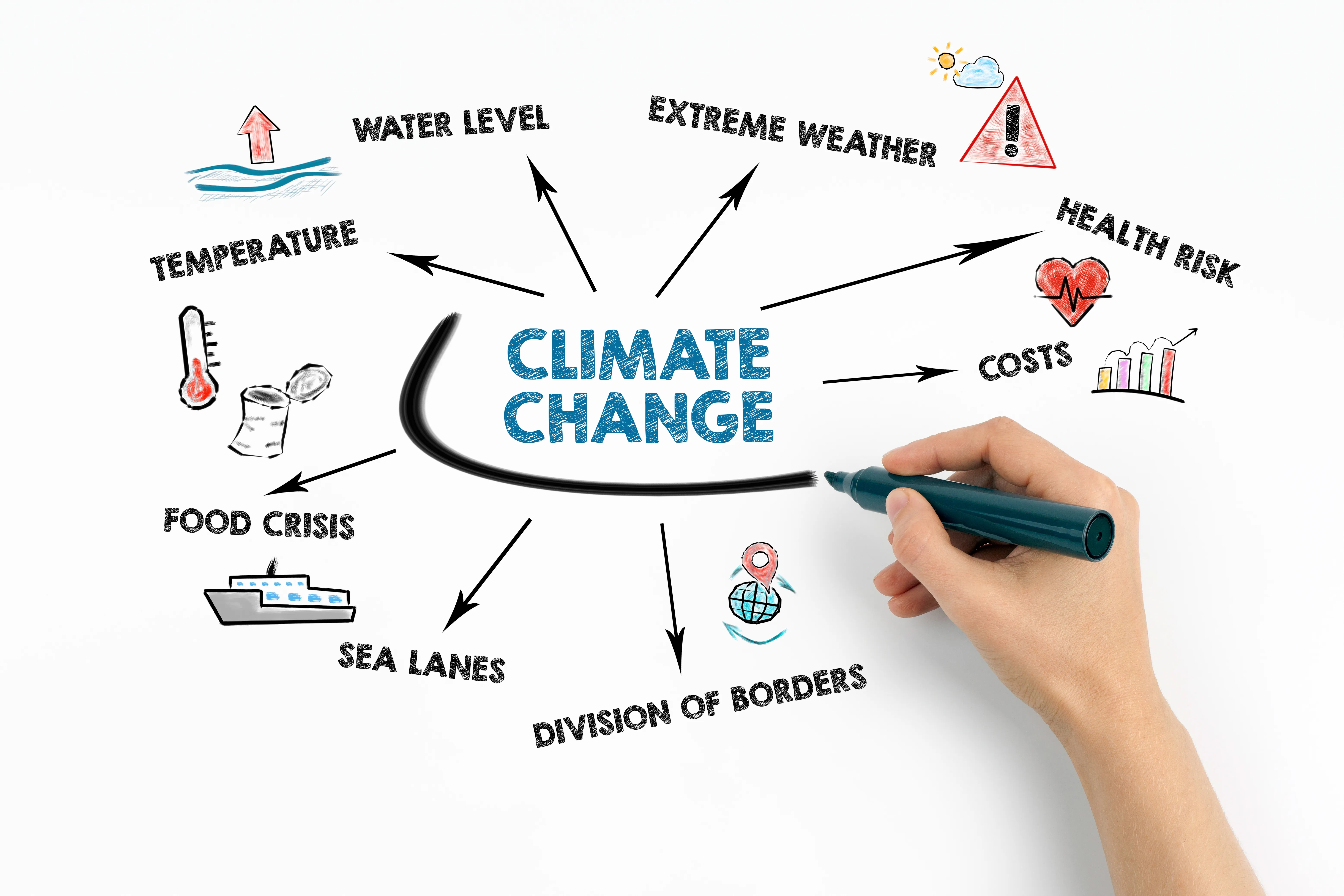
New data illustrates decline of thriving farm communities
Click play to listen to this article.
(Greater Dakota News Service) The nation has seen its total number of farmers and farmland decrease over the past five years and advocates for smaller producers in South Dakota said new data indicates more challenges for farming communities.
This week, the U.S. Department of Agriculture released its Census of Agriculture. Since the 2017 report, the nation's number of farms shrank by nearly 150,000 and total farmland dropped by 20 million acres. However, the average farm size increased, pointing to concerns about industrial farms gaining more ground.
Karla Hofhenke, executive director of the South Dakota Farmers Union, said it shows farmers, especially independent operations, need effective policies to keep working their land.

"Farmers will produce more and more with less acres, and so it's important that we keep the support of the Farm Bill programs going for them," Hofhenke contended
Congress faces a deadline later this year to adopt a new Farm Bill, and Hofhenke suggested enhancing programs offering conservation incentives is one way to prop up family farms.
South Dakota saw its total number of farms decrease by nearly 1,700 and total acreage was down by nearly 940,000.
Hofhenke emphasized if more small towns see family farms replaced by larger operations with no connection to the community, the towns will lose their identity.
"You start losing your schools in those local towns and when you lose your schools, you're losing your town because the young families are moving away," Hofhenke observed.
Larger farming companies said being able to grow in size allows them to meet global demand for food. Meanwhile, the average farmer age went up in the new report. However, there was an 11% increase in the number of beginning farmers, with experts noting it could help ease the burden of not having enough people to replace producers nearing retirement.
















